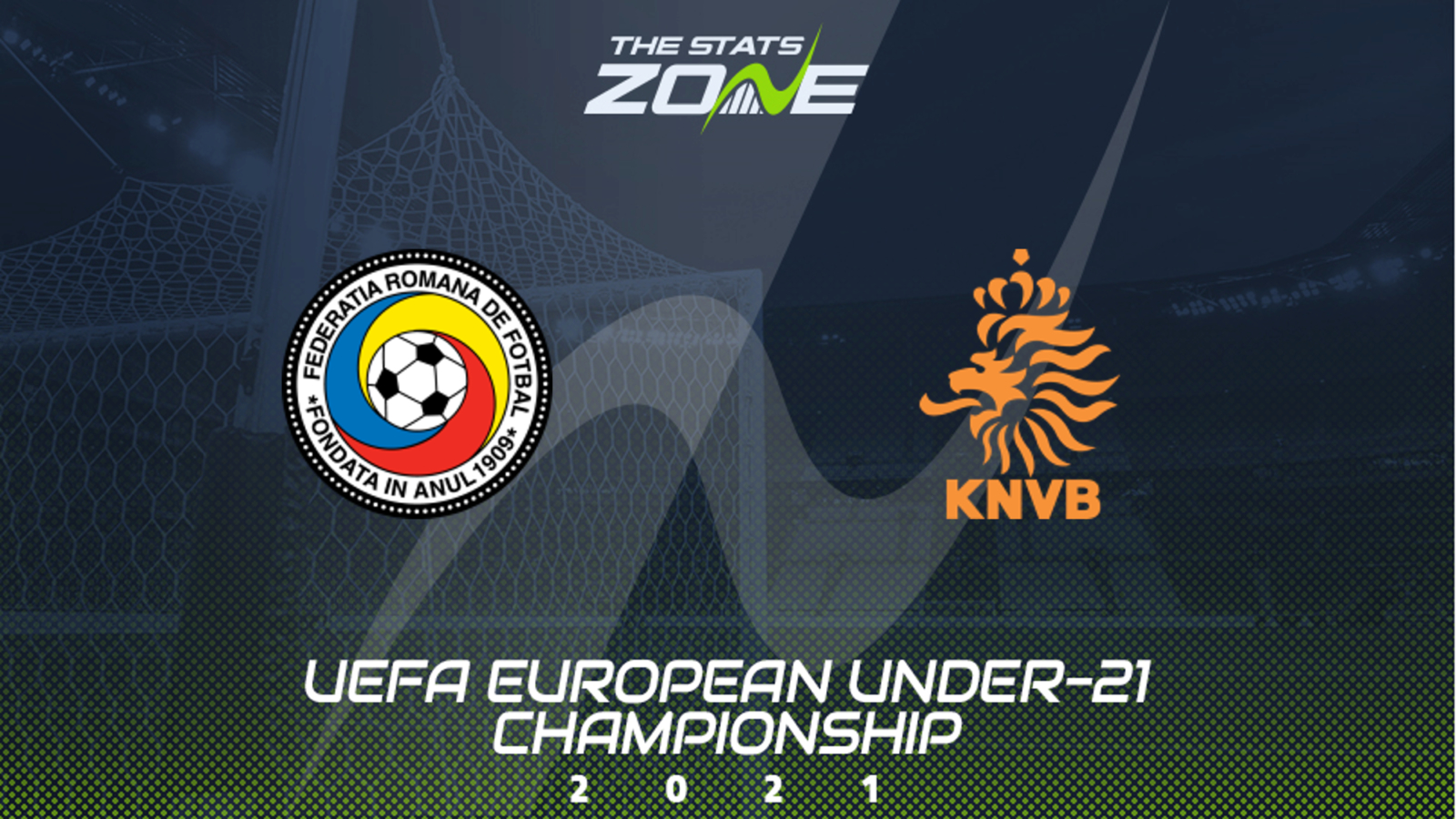Historical and Cultural Context

Romania vs netherlands – The relationship between Romania and the Netherlands dates back to the 16th century, when the two countries established diplomatic ties. Over the centuries, the two countries have maintained close cultural and economic relations.
The match between Romania and the Netherlands was a tense affair, with both teams fighting hard for the win. However, it was the Netherlands who ultimately emerged victorious, thanks to a late goal from Memphis Depay. For those who missed the match, a live stream of the Colombia vs Brazil match is available here.
The match between Romania and the Netherlands was a hard-fought battle, but it was the Netherlands who ultimately emerged victorious.
Both Romania and the Netherlands are members of the European Union and NATO. They share a commitment to democracy, human rights, and the rule of law. The two countries also have a strong economic relationship, with the Netherlands being one of Romania’s largest trading partners.
Romania and the Netherlands faced off in a tense match, with the latter emerging victorious. While the outcome may have surprised some, it serves as a reminder that even the most unpredictable matches can yield unexpected results. For those seeking insights into another upcoming clash, the austria vs turkey prediction offers valuable analysis and insights.
Returning to the Romania vs Netherlands encounter, the match showcased the determination of both teams and left fans eagerly anticipating their next showdown.
Cultural Similarities, Romania vs netherlands
- Both Romania and the Netherlands are known for their rich cultural heritage.
- Both countries have a strong tradition of music, art, and literature.
- Both countries are home to a number of UNESCO World Heritage Sites.
Cultural Differences
- Romania is a predominantly Orthodox Christian country, while the Netherlands is a predominantly Protestant country.
- Romania has a more traditional culture than the Netherlands.
- The Netherlands is a more liberal country than Romania.
Economic and Political Comparison: Romania Vs Netherlands

Romania and the Netherlands are two countries with distinct economic and political profiles. Romania, a member of the European Union since 2007, is a developing country with a transition economy, while the Netherlands is a highly developed country with a stable and advanced economy.
In terms of economic indicators, Romania has a lower GDP per capita compared to the Netherlands. The key industries in Romania include agriculture, manufacturing, and services, while the Netherlands is known for its strong sectors in finance, trade, and logistics.
Political Systems
Politically, Romania is a semi-presidential republic with a multi-party system. The President is the head of state, while the Prime Minister is the head of government. The Netherlands, on the other hand, is a constitutional monarchy with a parliamentary system. The King is the head of state, while the Prime Minister is the head of government.
Societal and Demographic Differences
Romania and the Netherlands exhibit contrasting societal and demographic landscapes. Romania, with a population of approximately 19 million, is significantly more populous than the Netherlands, which has a population of around 17.5 million. Romania’s population is primarily concentrated in urban areas, with Bucharest, the capital city, accounting for over 2 million inhabitants. In contrast, the Netherlands is characterized by a more dispersed population, with several major cities, including Amsterdam, Rotterdam, and The Hague.
In terms of ethnic diversity, Romania is a relatively homogeneous country, with Romanians constituting over 85% of the population. The Netherlands, on the other hand, is a more diverse society, with a significant immigrant population originating from various parts of the world. This diversity is reflected in the country’s cultural and linguistic landscape, which includes a vibrant mix of Dutch, Turkish, Moroccan, and Surinamese influences.
Social Welfare Systems
Romania and the Netherlands have developed distinct social welfare systems that reflect their respective societal values and economic circumstances. Romania’s social welfare system is characterized by a strong emphasis on state-provided benefits, including healthcare, education, and social assistance. The country has a universal healthcare system that provides free or low-cost medical care to all citizens. Education is also free and compulsory up to the age of 16, with a high literacy rate among the population.
In contrast, the Netherlands operates a more decentralized social welfare system, with a greater emphasis on individual responsibility and private insurance. While the government provides a basic level of healthcare and education, citizens are expected to contribute to their own welfare through private insurance and savings. The Netherlands has a high standard of living, and its social welfare system is designed to provide a safety net for those in need while encouraging self-reliance.
Education Levels
Both Romania and the Netherlands have made significant investments in education, resulting in high levels of literacy and educational attainment among their populations. Romania has a well-developed education system, with a high enrollment rate at all levels. The country’s universities are recognized for their academic excellence, particularly in the fields of science, technology, engineering, and mathematics.
The Netherlands also boasts a high-quality education system, with a strong emphasis on vocational training and lifelong learning. The country has a high literacy rate, and its universities are consistently ranked among the best in the world. The Dutch education system is known for its innovative approaches and its focus on critical thinking and problem-solving.
Healthcare Infrastructure
Romania and the Netherlands have developed robust healthcare systems that provide a high level of care to their citizens. Romania’s healthcare system is primarily state-funded, with a focus on providing universal access to healthcare. The country has a network of hospitals, clinics, and healthcare centers throughout the country, ensuring that even those in rural areas have access to essential medical services.
The Netherlands has a decentralized healthcare system, with a mix of public and private providers. The government provides a basic level of healthcare coverage, but citizens are also encouraged to purchase private health insurance to supplement their coverage. The Netherlands has a high life expectancy and a low infant mortality rate, indicating the effectiveness of its healthcare system.